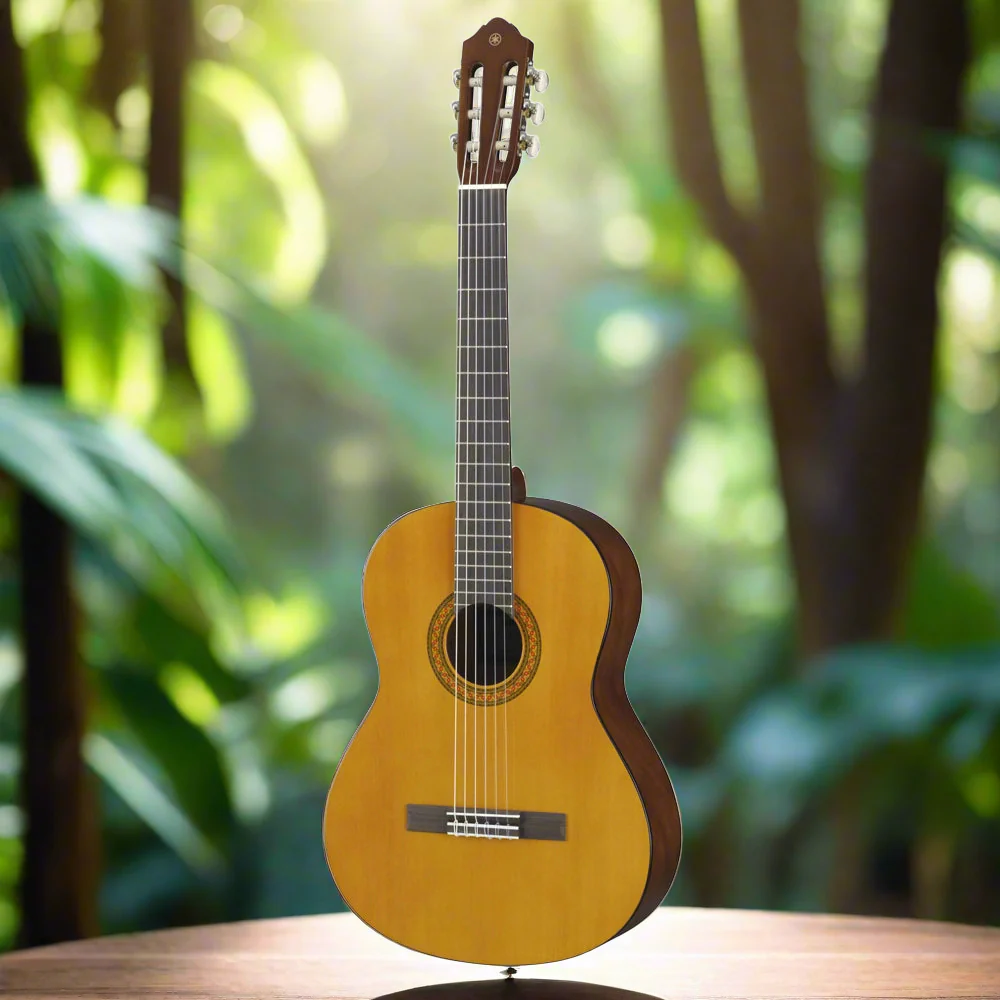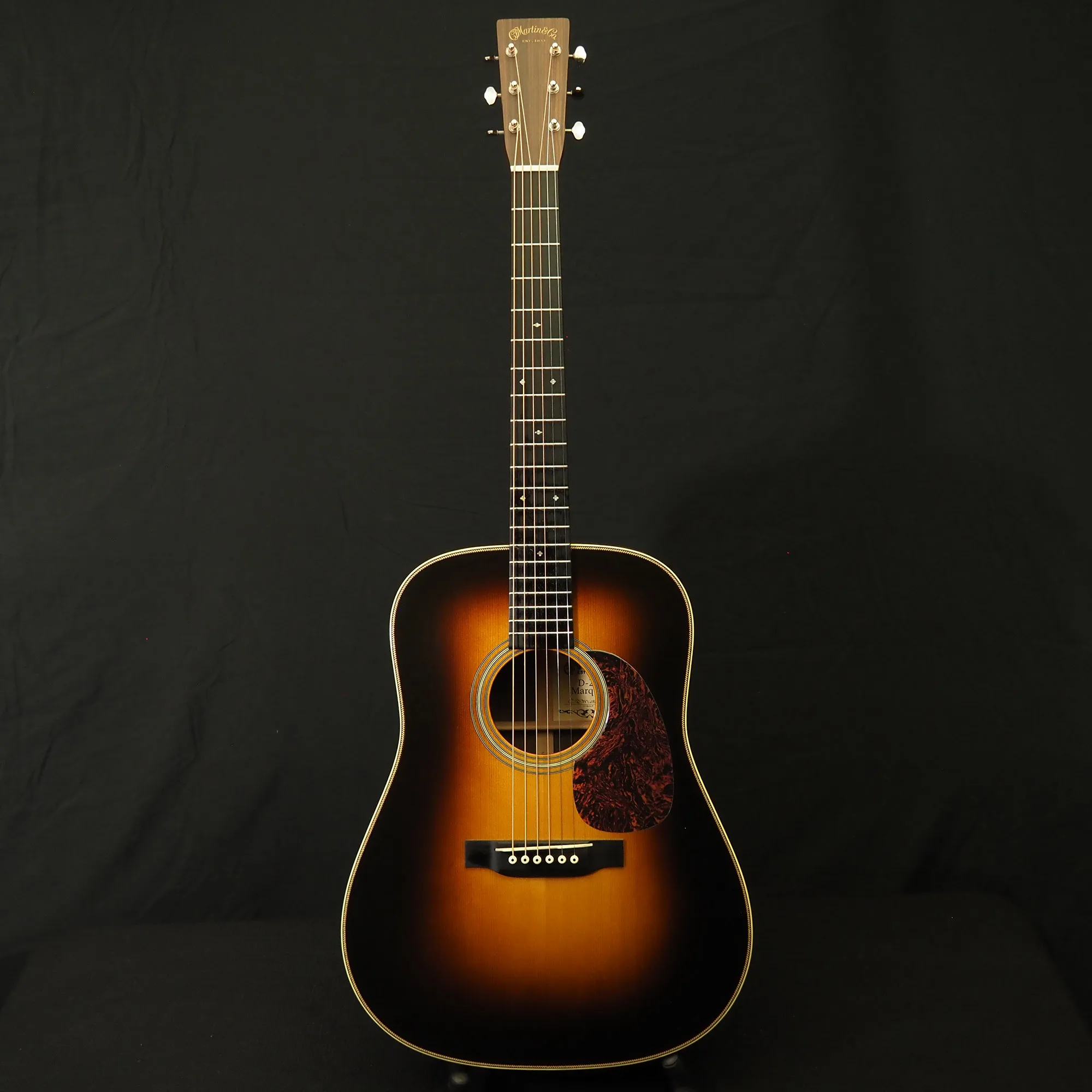Have you ever wondered how many strings your guitar needs? Or maybe you’re a beginner and have no idea where to start when it comes to choosing the right number of strings. You may be feeling overwhelmed or confused, but don’t worry, I’ve got you covered!
In this article, we’ll take a deep dive into understanding how many strings a guitar needs and the pros and cons of different numbers. We’ll also discuss how the number of strings can affect your playing style and what is best suited for different types of music. So whether you’re just starting out or looking to switch things up, this guide will give you all the information you need to make an informed decision on how many guitar strings are right for YOU. Let’s get started!
So, how many guitar strings?
The number of guitar strings you use ultimately depends on your personal preference and the type of music you are playing. Typically, guitars come with either six or twelve strings, but there are also seven-string and eight-string options available.
Six-string guitars are the most common and versatile option. They provide a good balance between low and high notes, making them suitable for a wide range of genres including rock, pop, blues, and country. If you’re just starting out on guitar or want to play a variety of styles, a six-string guitar is the way to go.
On the other hand, twelve-string guitars have double the amount of strings as compared to standard six-strings. These extra strings add more depth and richness to your sound by creating harmonies with each note played. This makes them great for folk music or adding texture to acoustic songs.
Seven-string guitars have an additional low B string that allows players to reach lower notes without having to tune down their instrument. This makes them popular in metal genres where heavy riffs require lower tunings.
Eight-string guitars take it even further by adding both a low F# string and an additional high E string. These instruments are mainly used in progressive metal and jazz fusion styles where musicians need access to extended ranges.
Ultimately, choosing how many guitar strings to use comes down to personal preference and what style(s) of music you plan on playing. It’s always best to try out different types before settling on one that feels comfortable for you!
Understanding the Basics: The Standard Six-String Guitar
When you first lay your eyes on a six-string guitar, it’s easy to be taken in by its simple elegance. Trust me, there’s more than meets the eye! Each component of this beautiful instrument has a specific purpose. The six strings themselves are named E, A, D, G, B, and E – from the thickest to the thinnest – and each string resonates with a unique pitch when plucked or strummed. To play different notes or chords (a combination of multiple notes), we press down on these strings at various points along the fretboard – that’s where those metal strips running across come into play.
Your fingers might fumble at first as they dance between frets but remember practice makes perfect! You’ll soon discover that every square inch of this instrument can produce an astounding array of sounds. It truly is amazing how versatile such an elegantly simple tool can be.
Here are some key parts of a typical six-string guitar:
- The body: Provides resonance which helps amplify sound.
- The neck: The long piece extending from the body where most manipulation happens.
- Frets: Metal strips embedded along the neck indicating where to place fingers for different pitches.
- Tuning pegs: Located at one end of the guitar (usually top) used to adjust tension in strings affecting their pitch.
Remember friends: understanding your instrument is just as important as learning how to play it; knowledge is power after all! With time and dedication even complete beginners can unlock hidden melodies within their own standard six-string guitar.
Exploring Variations: Seven and Eight String Guitars
The guitar world is full of fascinating idiosyncrasies and one such facet worthy of exploration are the seven and eight-string guitars. These instruments hold a special appeal for adventurous players seeking to expand their musical horizons, offering extra dimensions in sound. A seven-string guitar features an additional lower string typically tuned to B – a perfect fifth below the standard E on six-string guitars. This gives musicians access to a wider range of notes without having to move out from preferred hand positions.
When it comes to the eight-string guitar, there’s even more room for sonic exploration. It essentially adds yet another low string, usually tuned down further at F# or G#. What does this mean? Well, imagine the lush harmonics generated by strumming these deeper tones; it’s like unlocking new layers within your music as you dive into uncharted realms beyond conventional composition methods.
Here are some benefits that come with these unique instruments:
- Breadth: They provide greater tonal breadth so you can delve into darker sounds.
- Versatility: You get more versatility especially with genres like jazz fusion or progressive metal.
- Innovation: Playing them encourages innovation in chord structures and soloing techniques due its expanded fretboard.
In conclusion, seven and eight-string guitars offer an interesting palate for artists eager for fresh creative outlets. Technically demanding they might be but oh-so-rewarding once you start exploring!
Read also: how many guitar strings
Delving into Specialty Instruments: Twelve-String Guitars
Twelve-string guitars are truly a breed of their own, sparkling with a unique brilliance that makes them stand out in the vast ocean of specialty instruments. When you strum the strings of one such guitar, it is as though an invisible choir joins in to enhance your melody – doubling each note with its octave counterpart for a fuller, richer sound. It’s like having two guitars playing together harmoniously from a single point of origin.
This distinct resonance primarily comes from how these twelve-string marvels are constructed. Unlike standard six-string guitars, they feature six pairs of strings instead:
- The lower four sets (E-A-D-G) consist of one string tuned normally and another string tuned an octave higher.
- The top two sets (B-E) include matching strings both tuned to the same pitch.
The end result: A symphony singing straight from your fingertips! The slightly complicated nature might make this instrument seem daunting initially — but once you start exploring its capabilities; diving into those vibrant chord formations and rich textures — there’s no looking back! Just remember – just like every piece in the orchestra has its role to play; every instrument – including twelve-string guitars – brings something new to the table. So don’t be afraid to delve deeper into this majestic world!

How Different Numbers of Guitar Strings Affect Your Playing Style
Understanding the Impact of Guitar Strings on Playing Style
For those unacquainted with stringed instruments, a guitar may seem like a simple tool that produces melodious sounds. But in reality, each component of this musical instrument plays an integral role in shaping its sound and determining the player’s style. A fundamental, yet often overlooked factor is the number of strings on your guitar.
Guitars typically come with six strings allowing players to explore diverse genres from rock to blues and country music. The range and versatility offered by these guitars make them excellent tools for beginners learning chord shapes and finger placements. On a six-string guitar, you can comfortably play both rhythm (chords) and lead (melodies), which makes it highly versatile.
But what about guitars with more or fewer strings? Well, seven or eight-string guitars are popular among progressive metal musicians who desire heavy, low-pitched tones not achievable on six-string counterparts. The additional lower-pitched string(s) give players expanded tonal possibilities – making room for more complexity in composition.
- Seven-String Guitars: These offer one extra deeper note adding sonic depth.
- Eight-String Guitars: Provide even wider pitch range supporting intricate harmonic structures.
Conversely, four-string guitars such as basses focus largely on rhythm section providing solid ground for other instruments to build upon their tunes. In essence, while less flexible than their six-string relatives they perfectly suit specific roles within ensemble settings.
The choice boils down to individual preference shaped by genre inclination and desired versatility – highlighting how different numbers of guitar strings significantly affect your playing style.
You may also like: yamaha studio piano
Choosing the Right Number of Guitar Strings for Your Musical Goals
Let’s be honest, picking the perfect guitar isn’t as easy as it seems, and a big part of that choice depends on the number of strings. The variety is immense with 4-string basses to 12-string acoustics offering unique sounds. So, how do we choose? Well, it all comes down to your musical goals.
If you’re an aspiring rock star or metalhead who wants to break boundaries with experimental tunes, then a 7 or even an 8-string electric guitar might be right up your alley. These guitars provide extra low-end range for heavier riffs and more complex chords. Some also find them perfect for jazz!
- Jazz musicians appreciate their ability to play walking bass lines along with chord voicings.
On the other hand, if simplicity is what you desire – sticking to classic folk songs or pop music – then a standard 6-string acoustic will probably suit just fine.
- They offer ease-of-play and are excellent for strumming chords and learning basic scales.
Remember though! It’s not only about sounding good; comfort plays a huge role too! If your hands can’t comfortably reach across eight strings or press deep enough between frets on thicker necks… well then those impressive-sounding chords may never make it beyond wishful thinking!
Tips: Remember – try before you buy! Most importantly – go forth with patience and persistence because mastering anything new requires time. Happy strumming!

